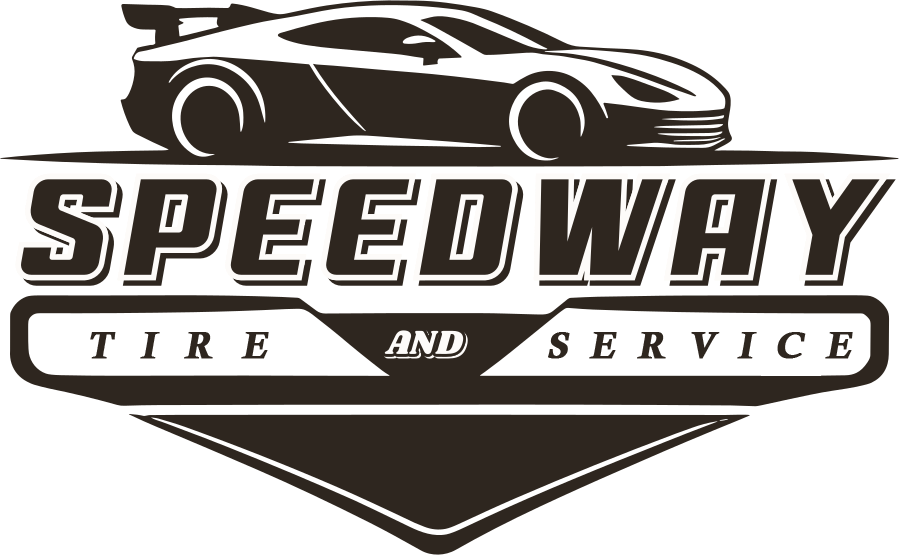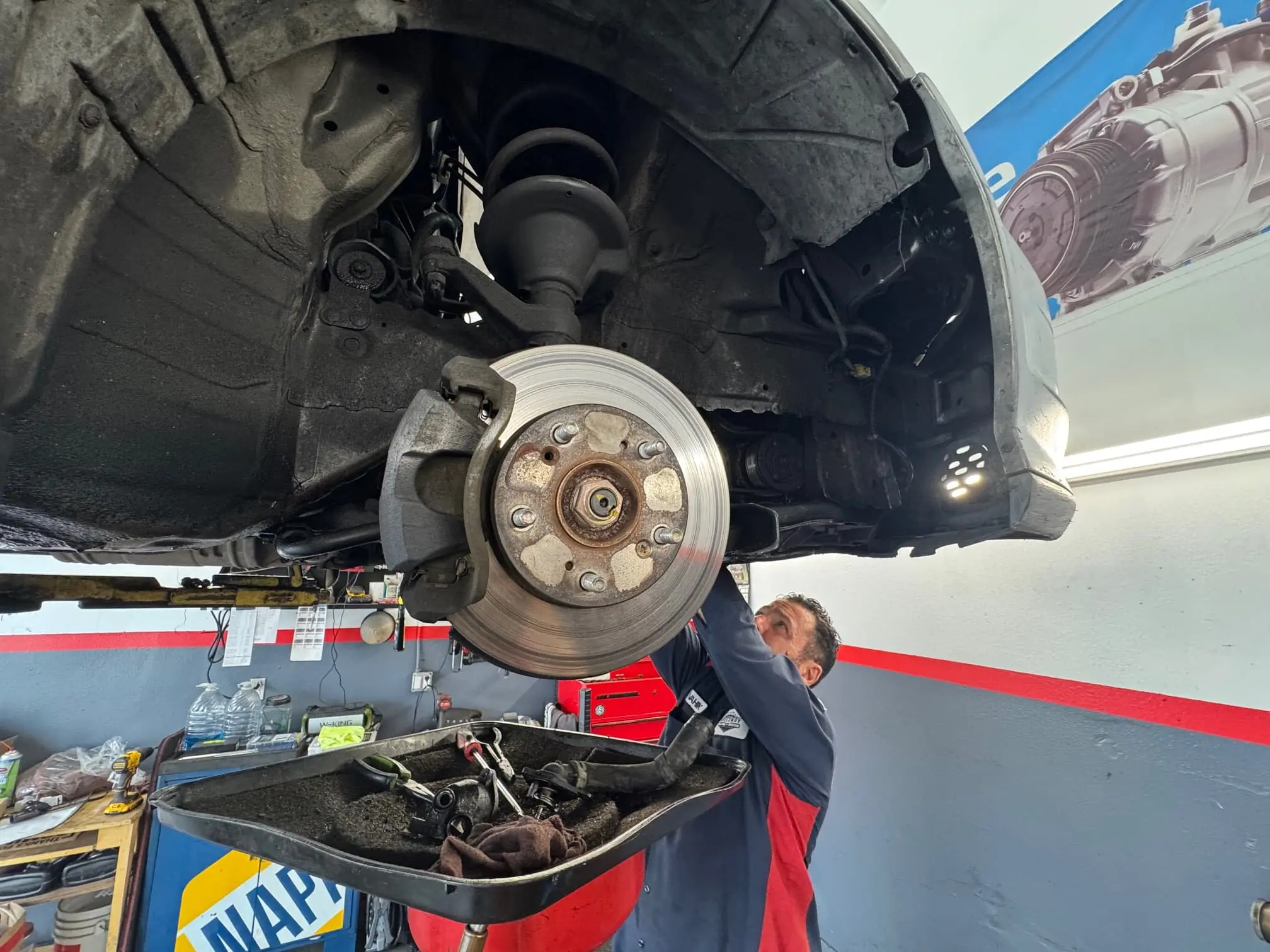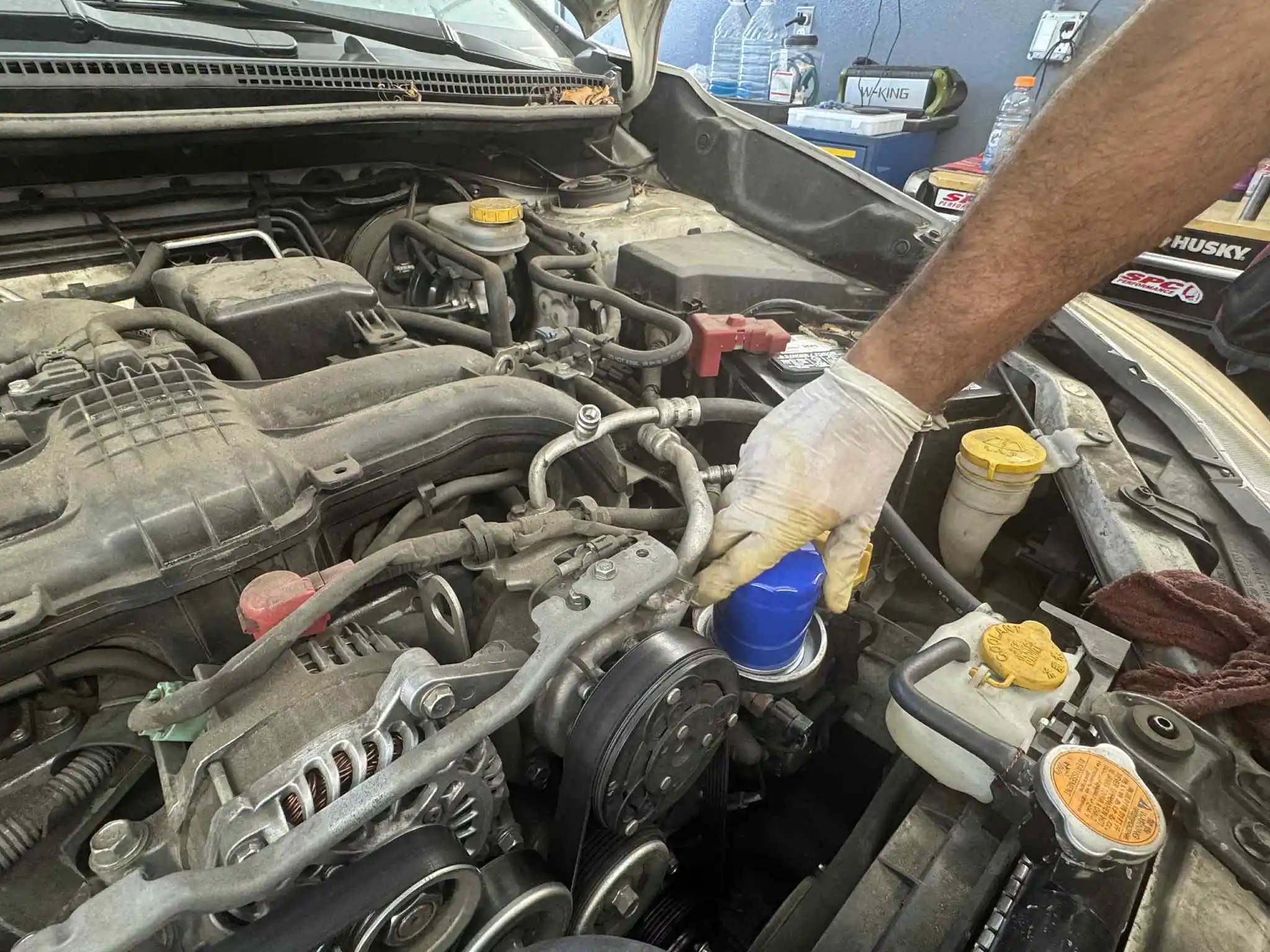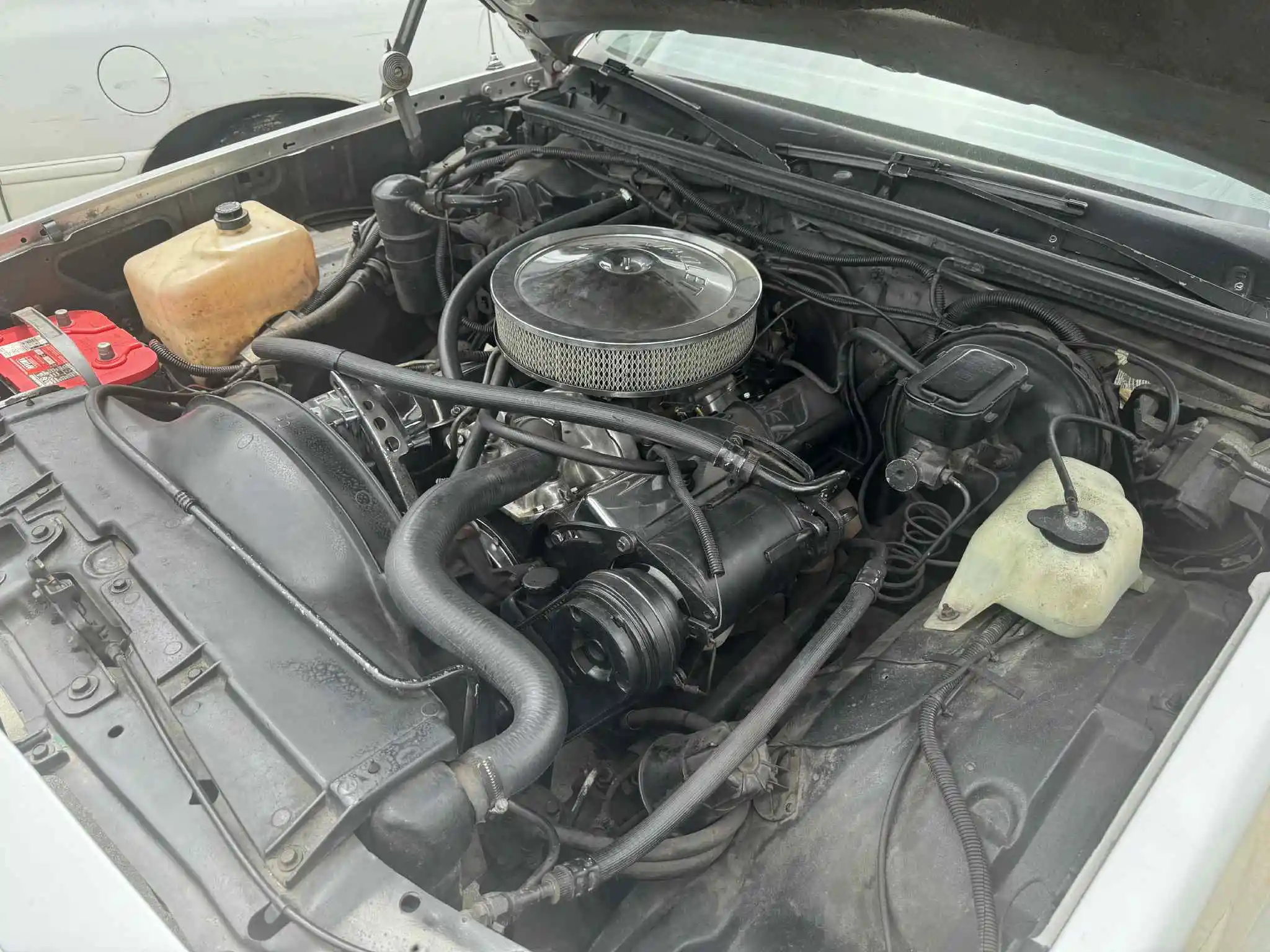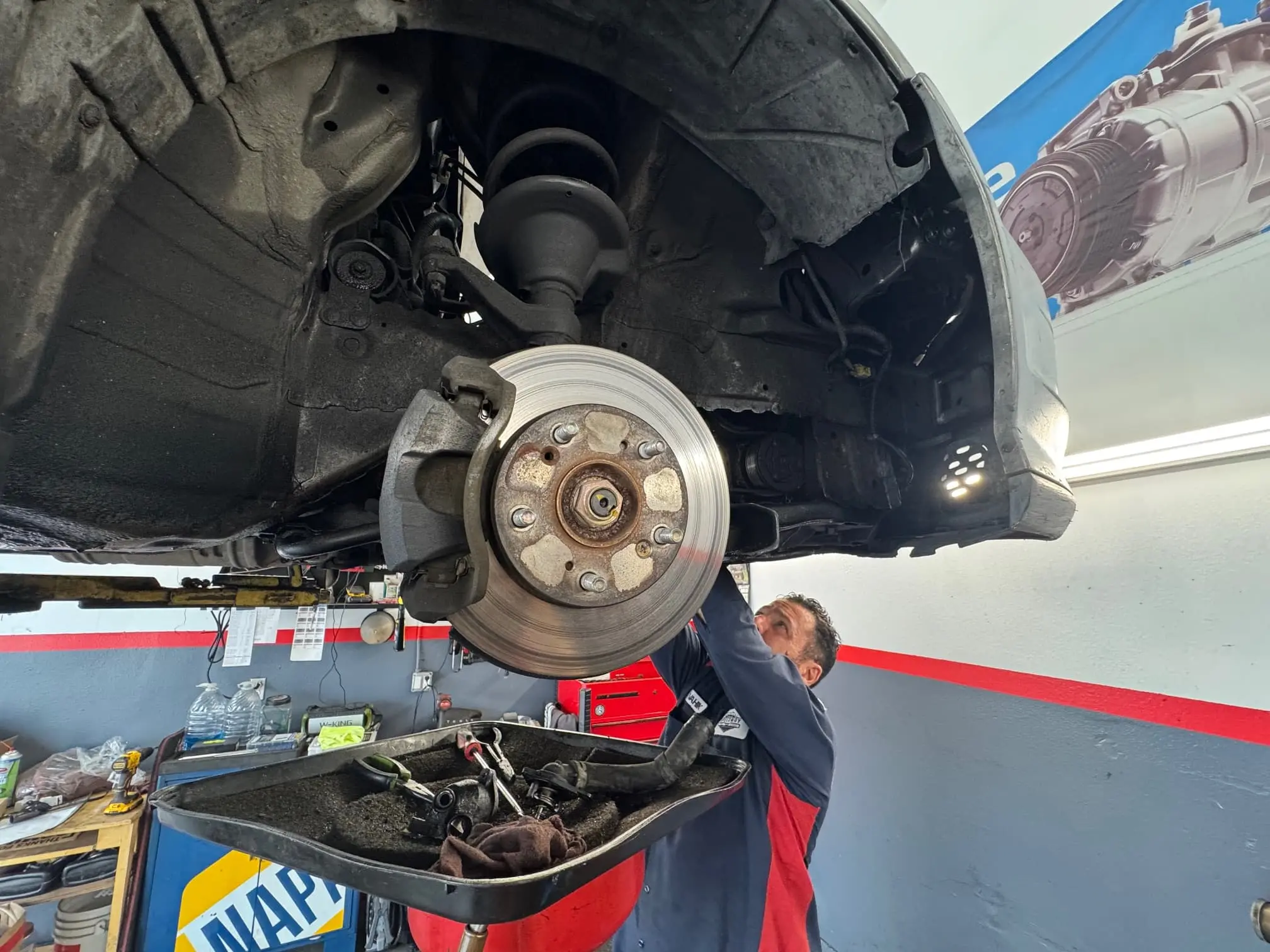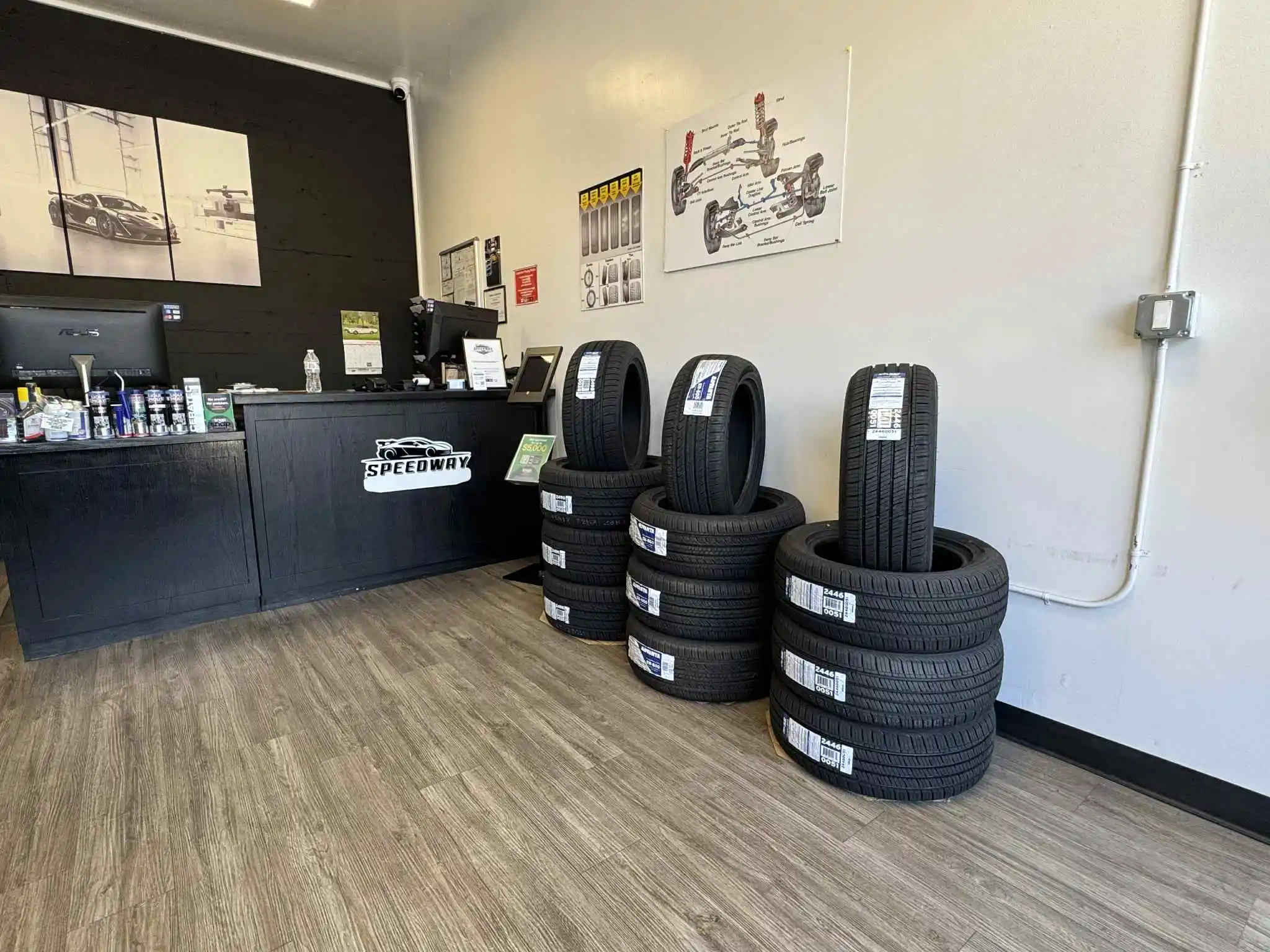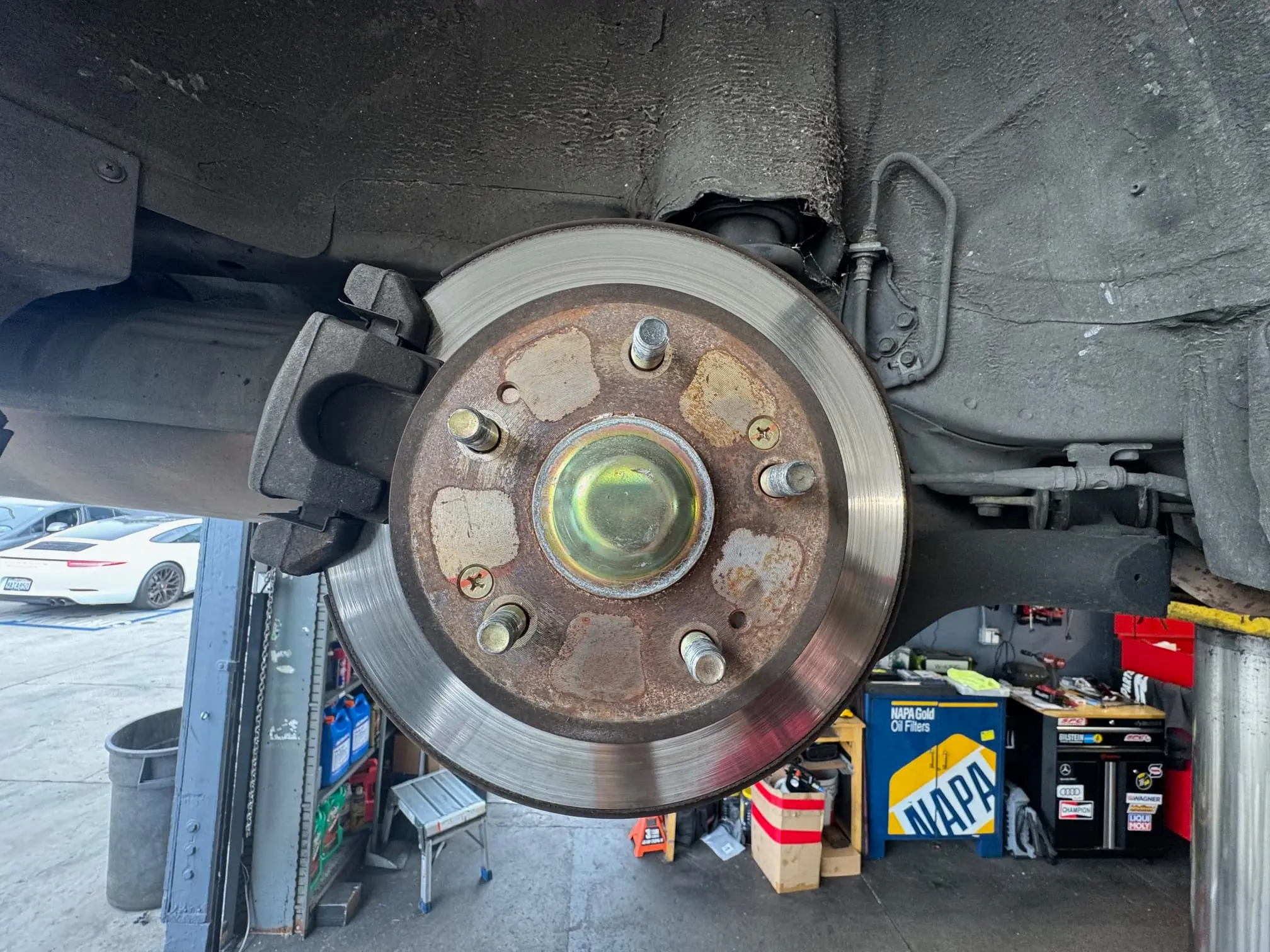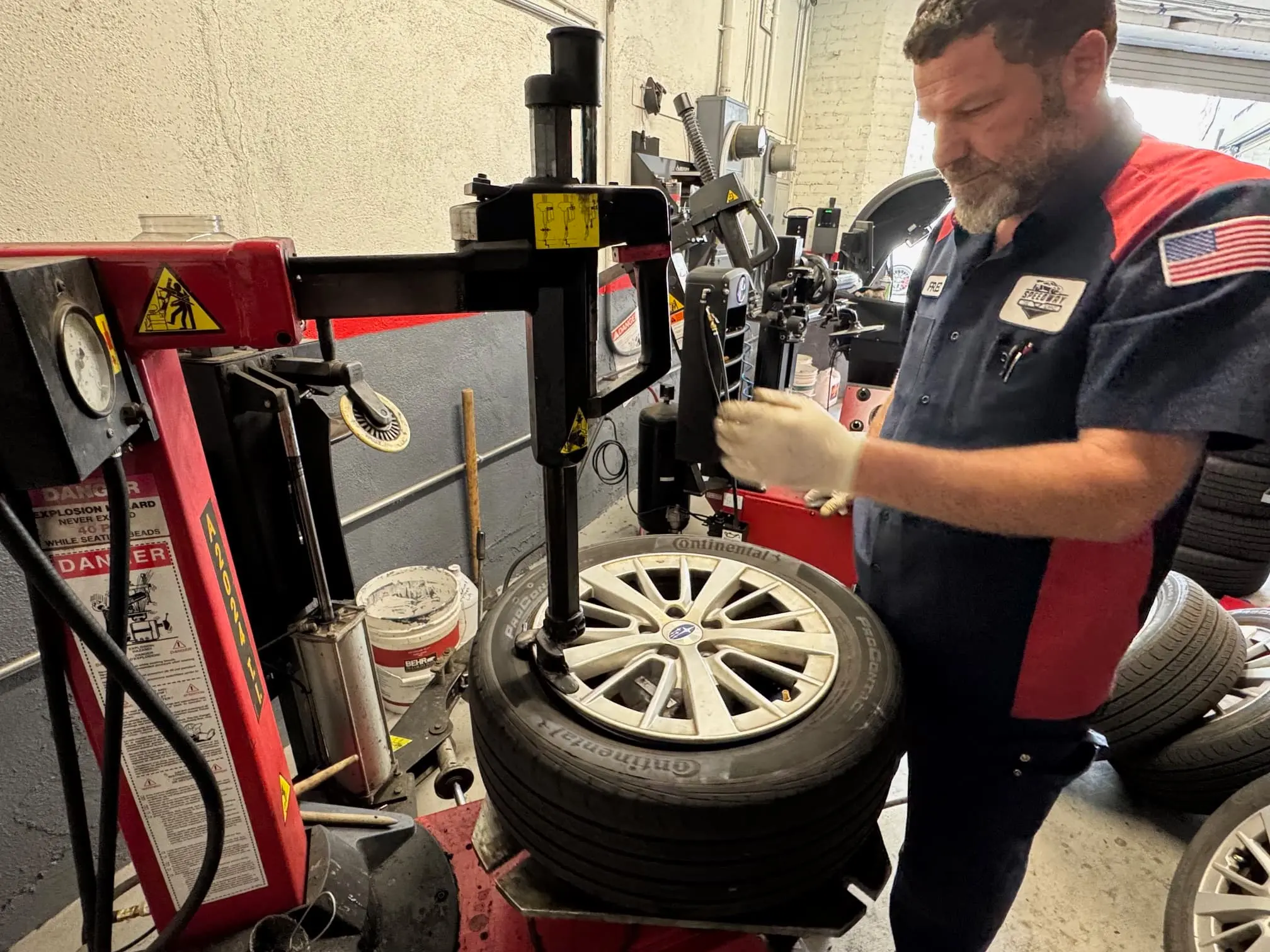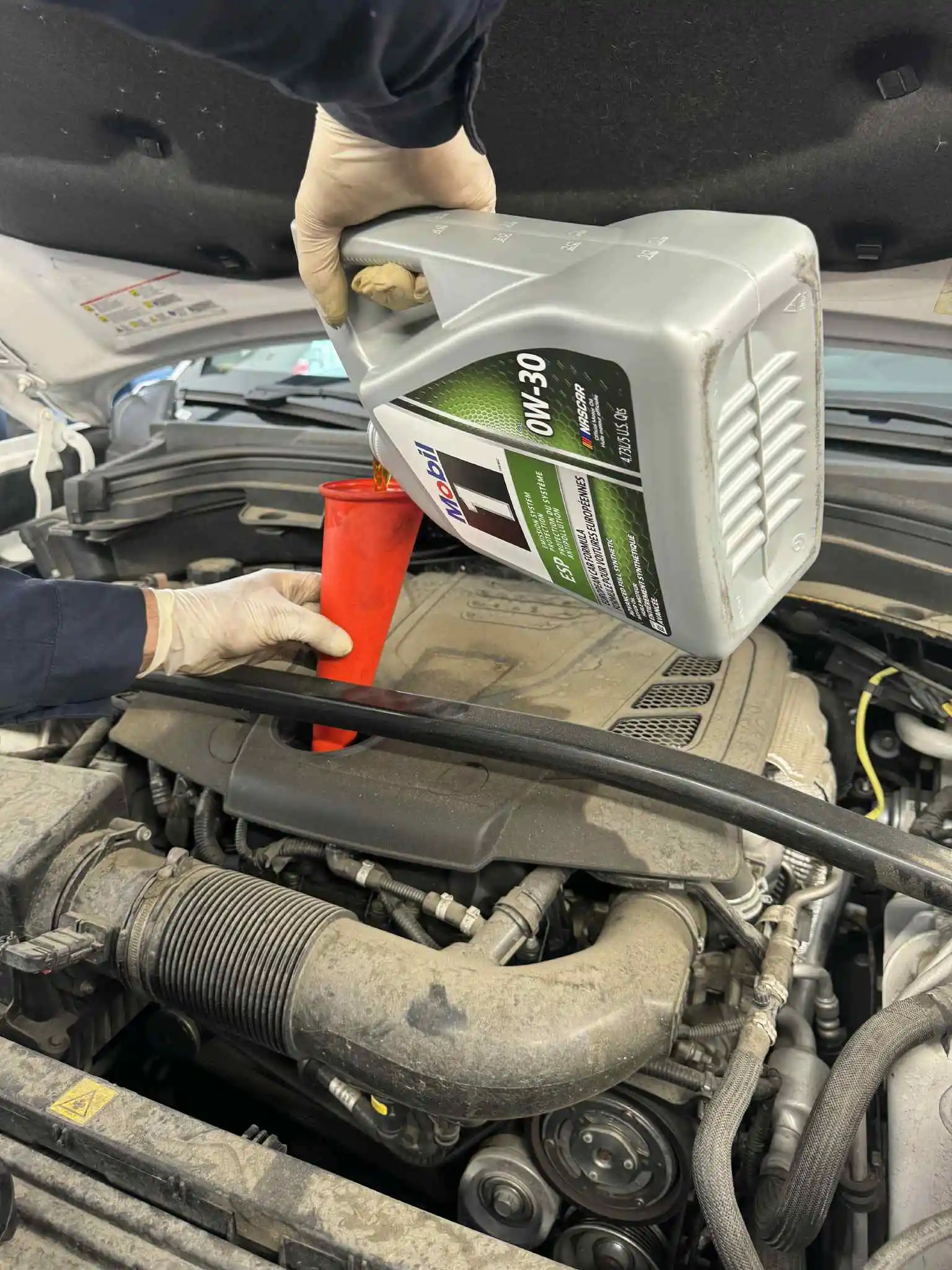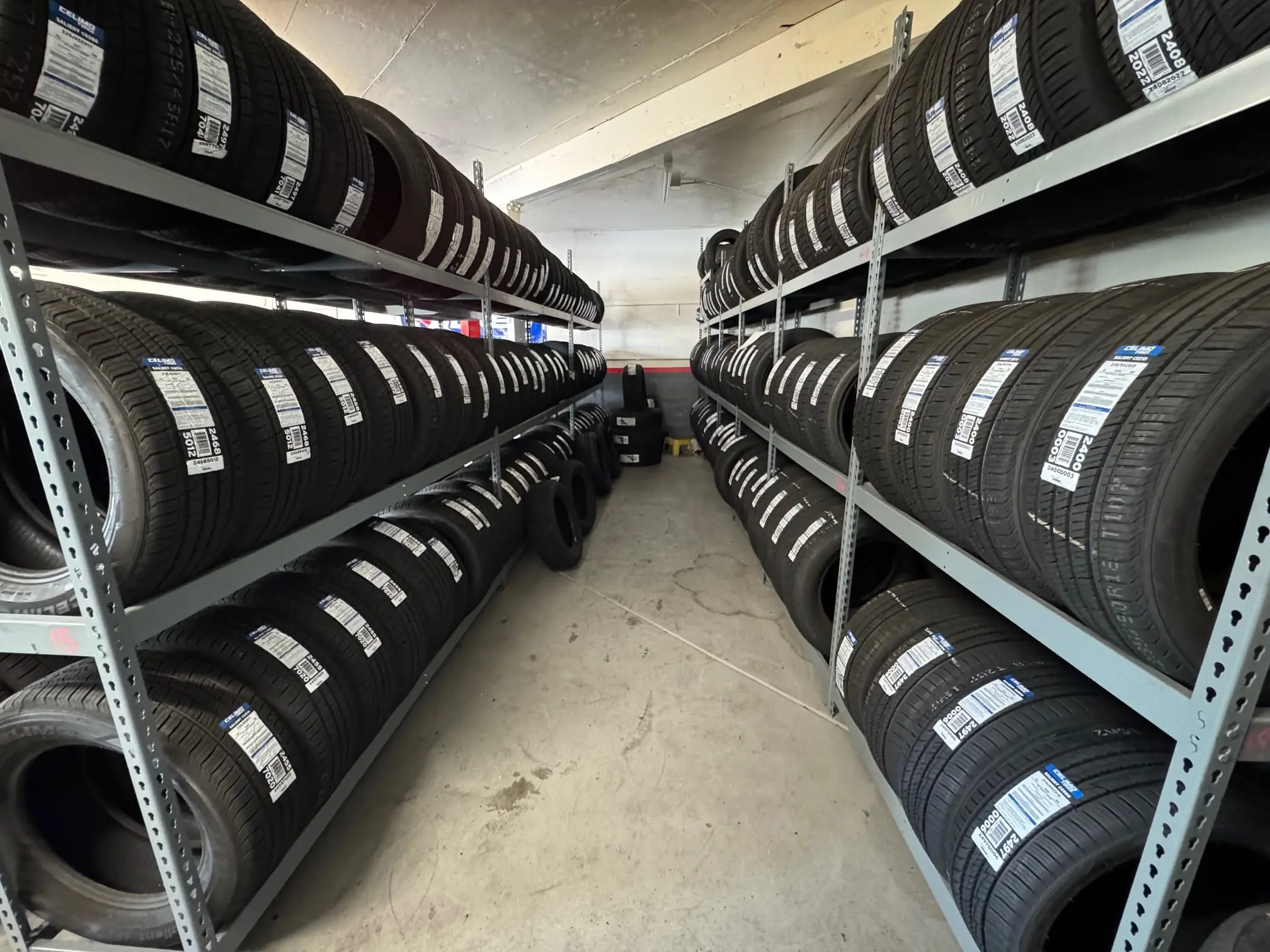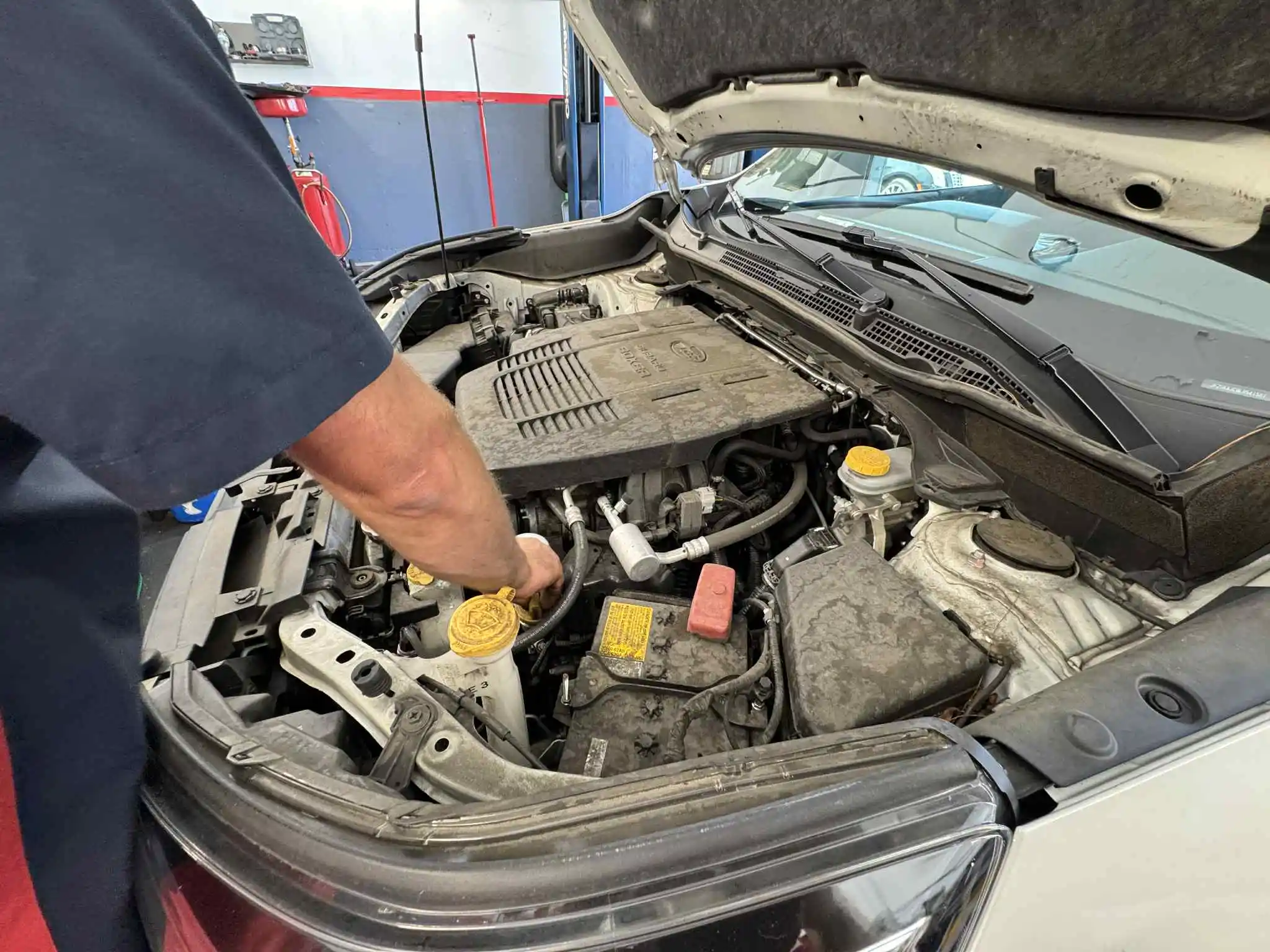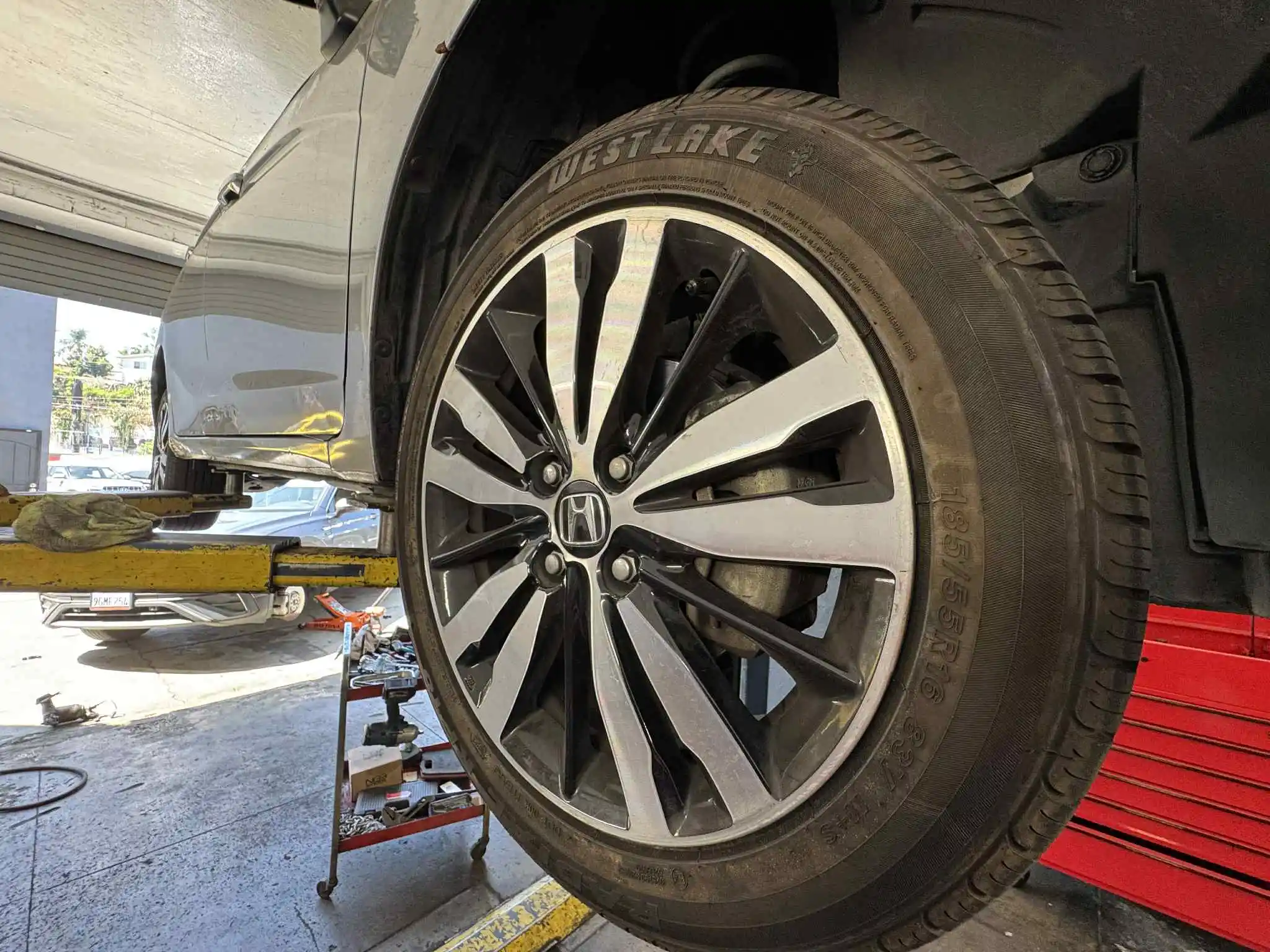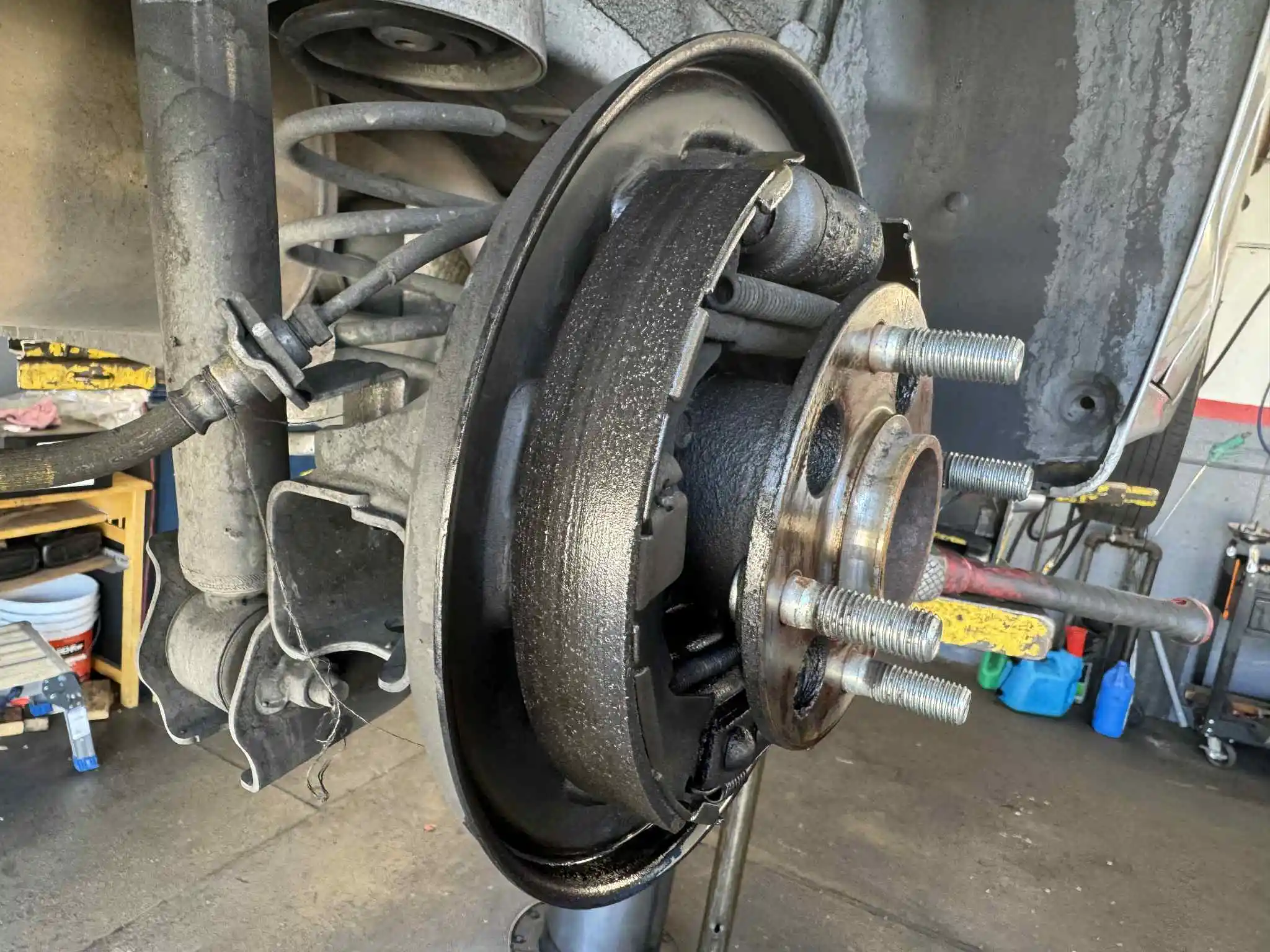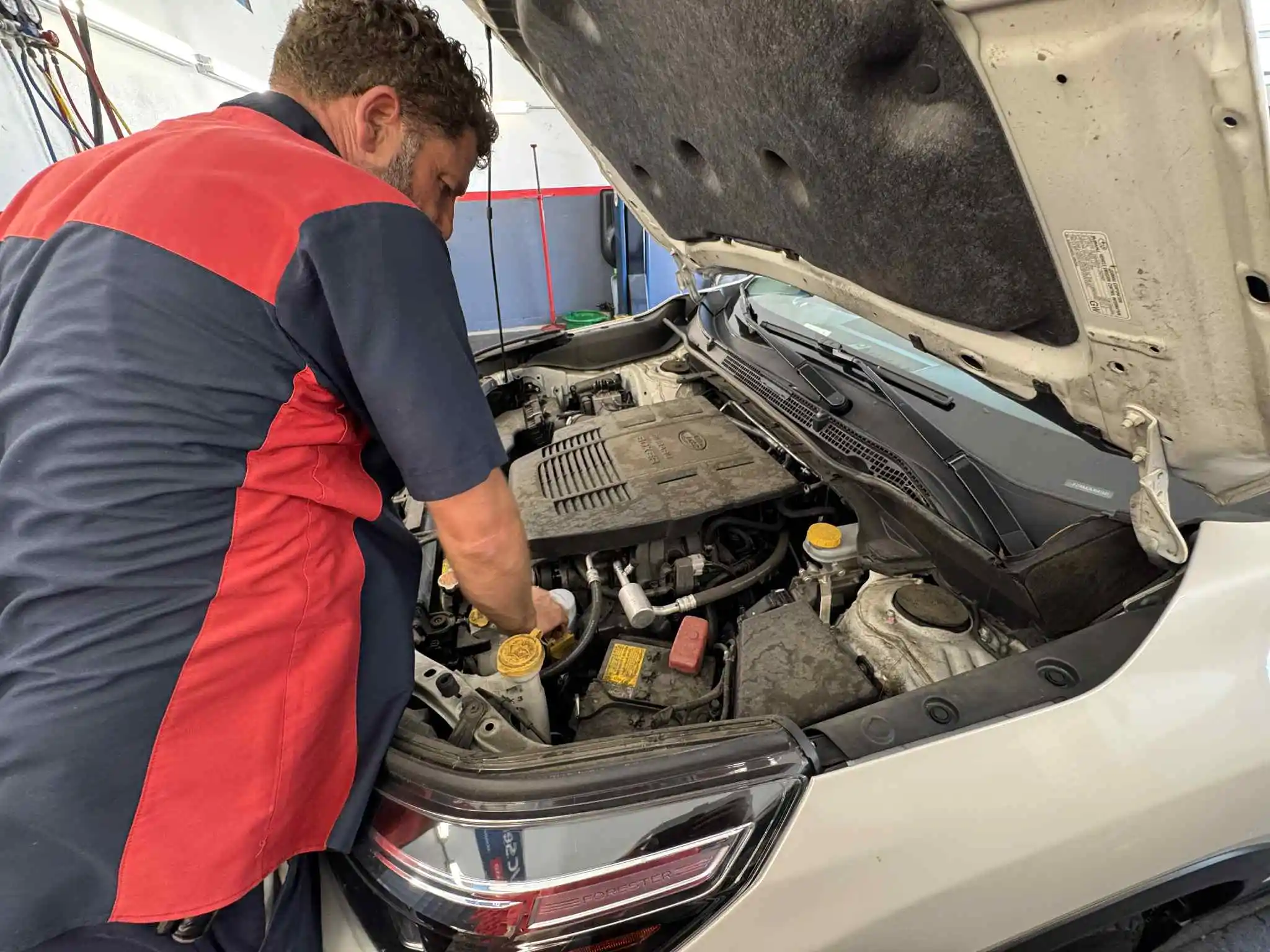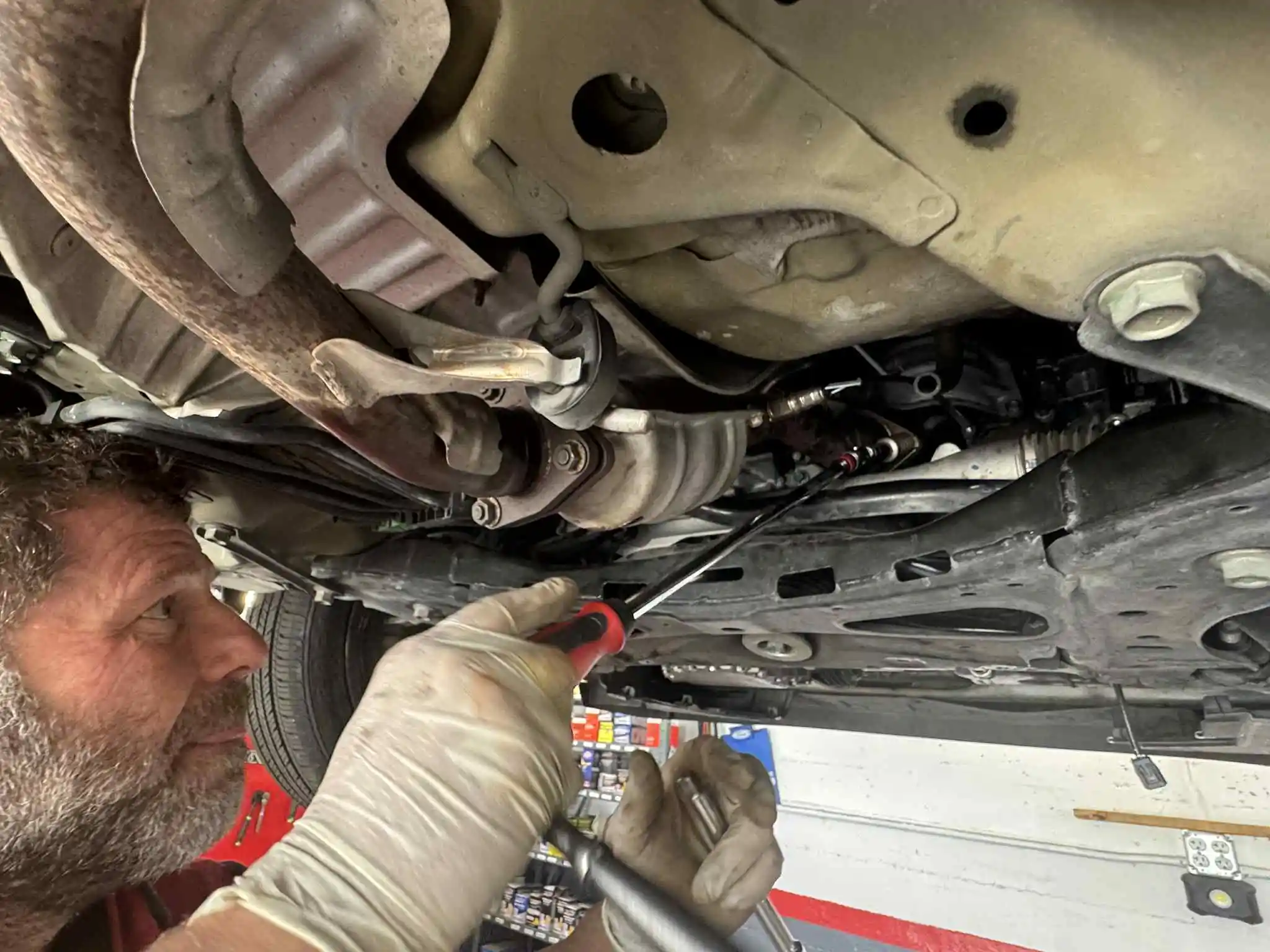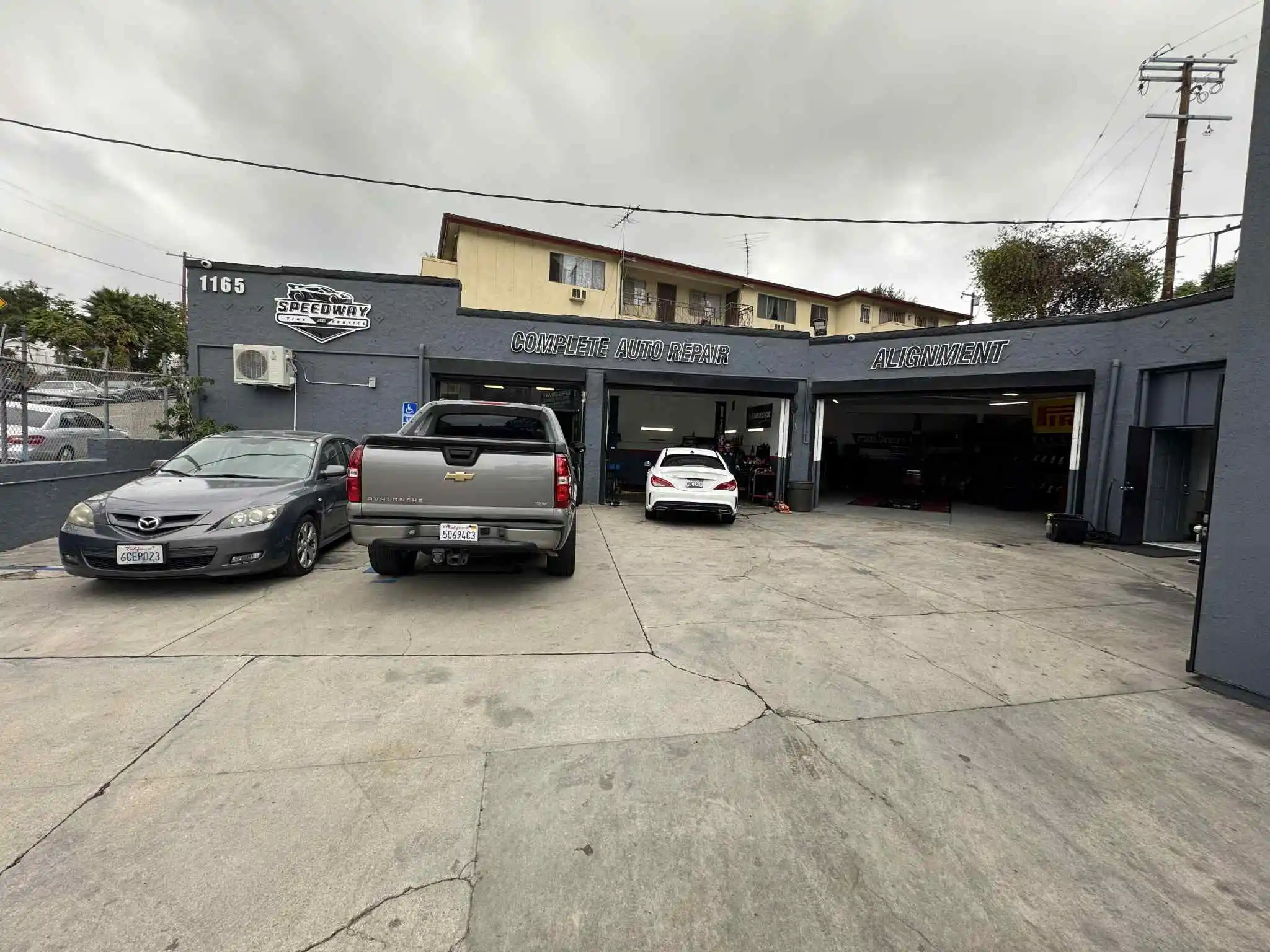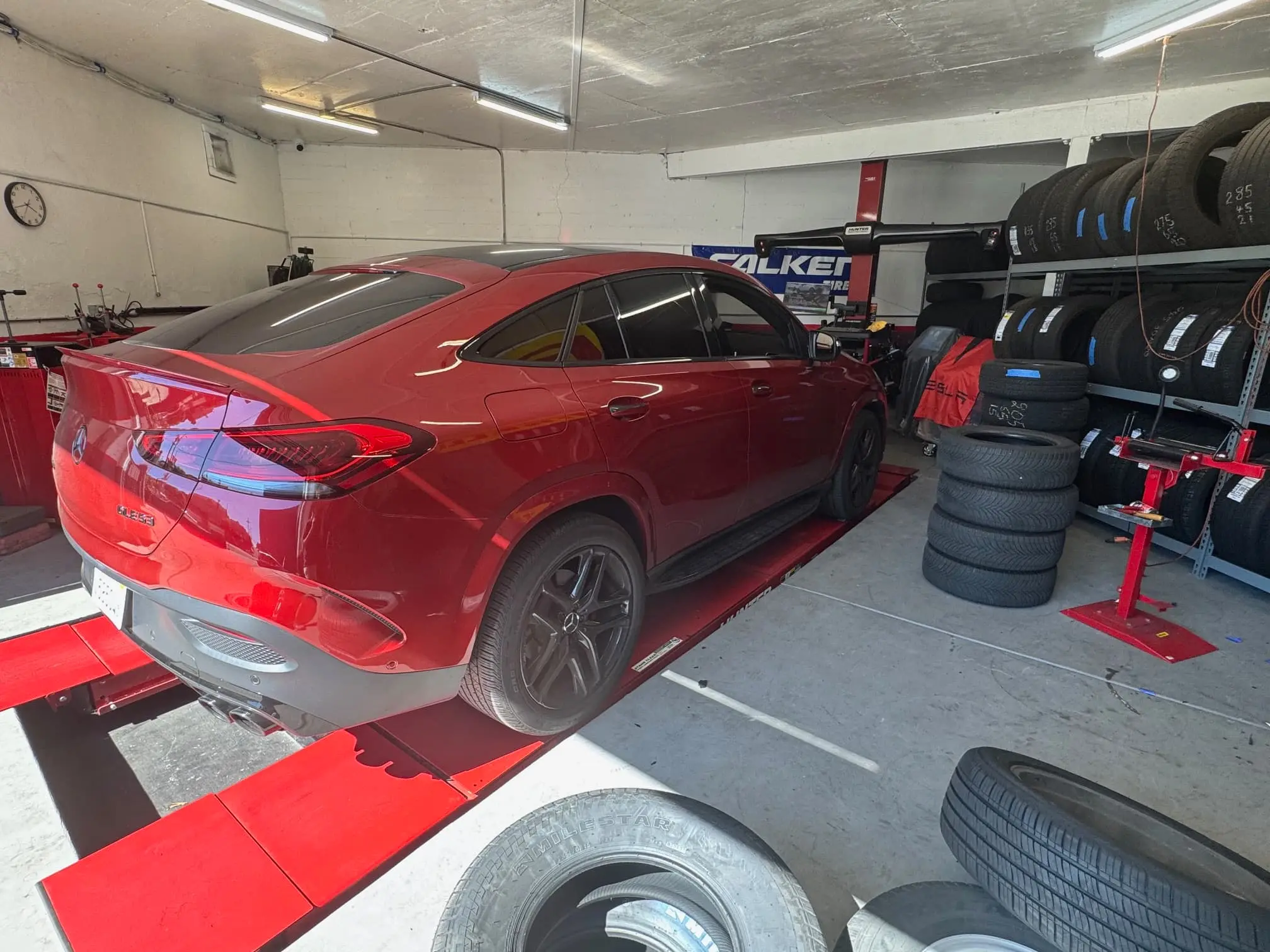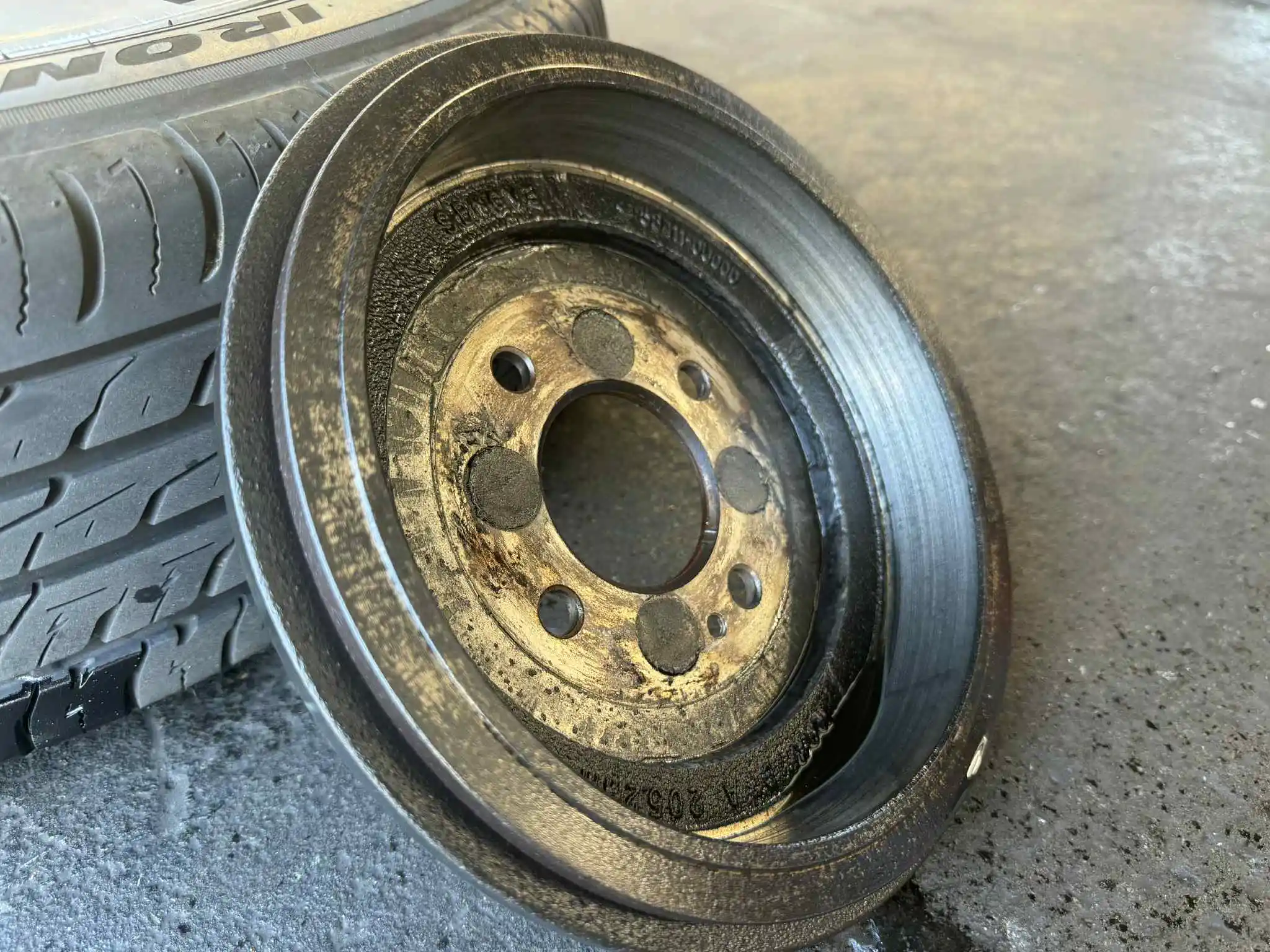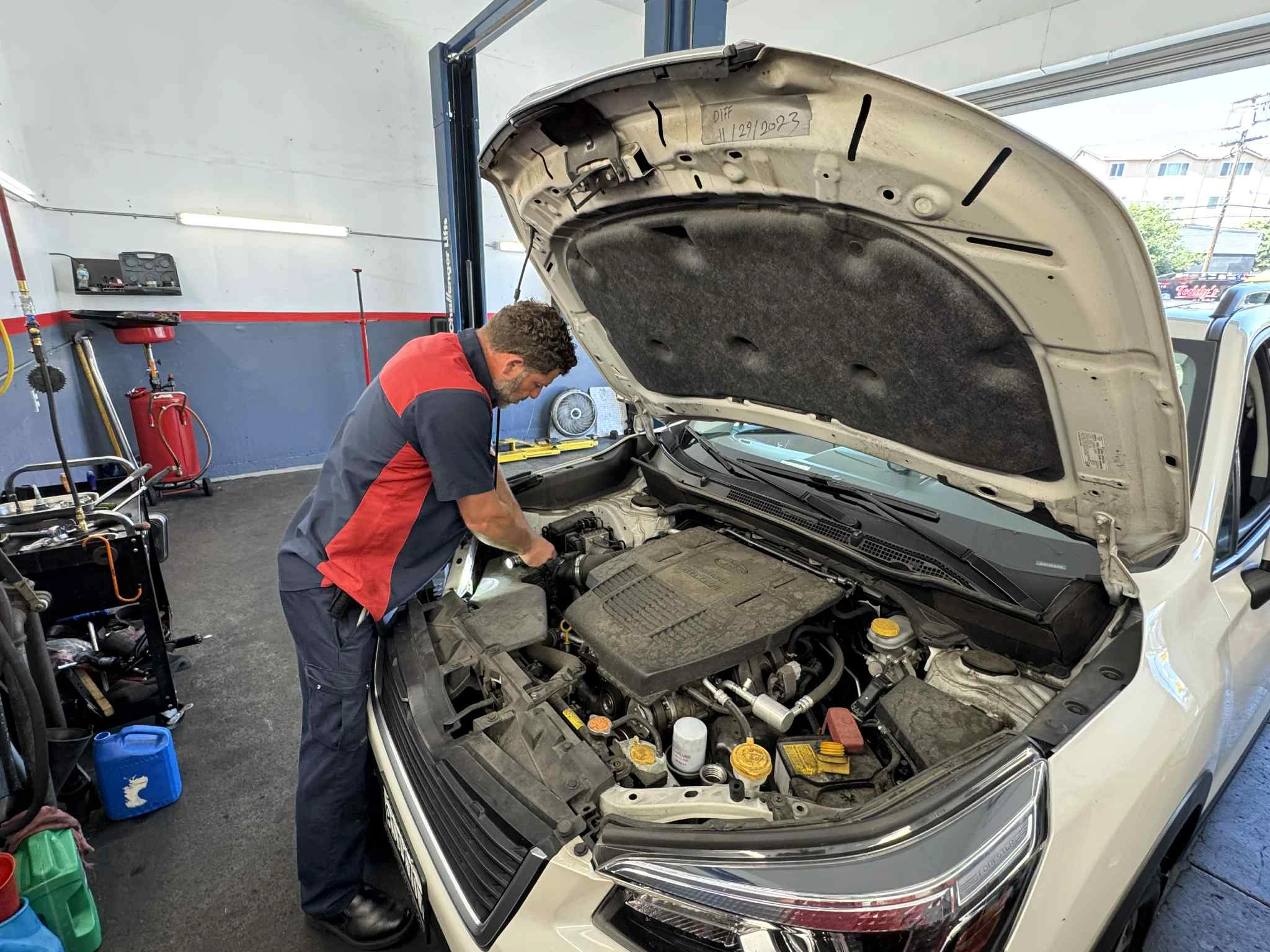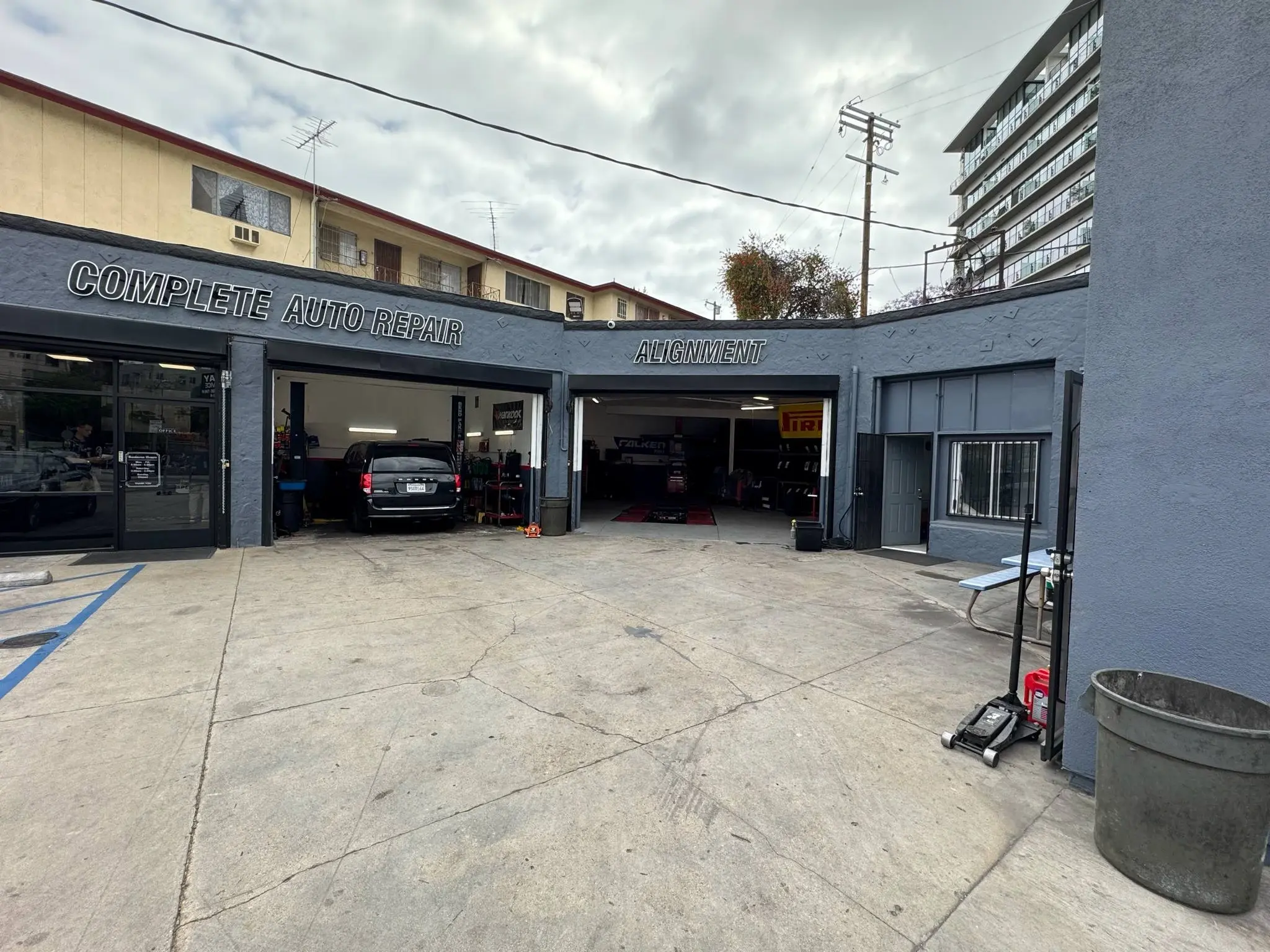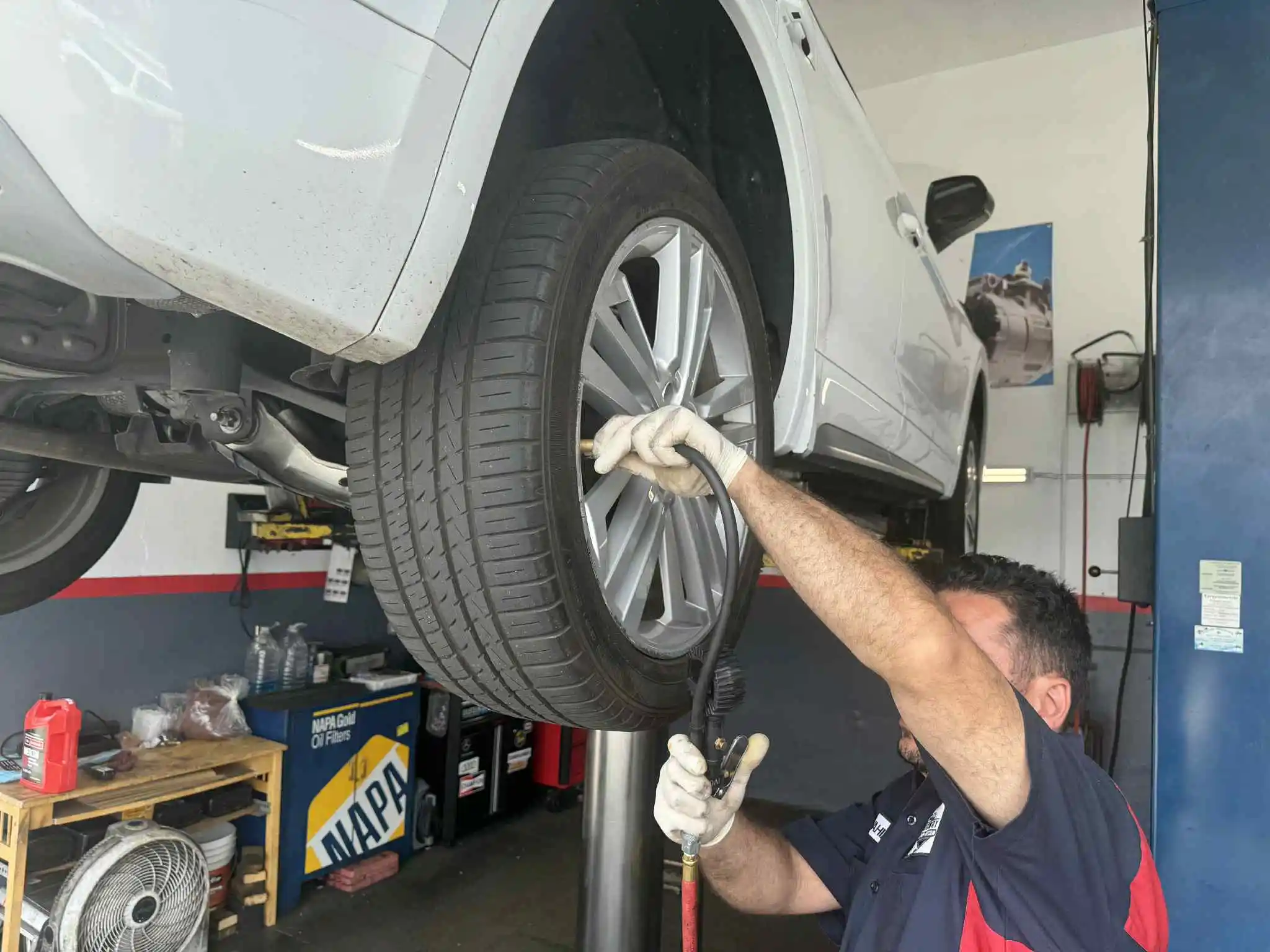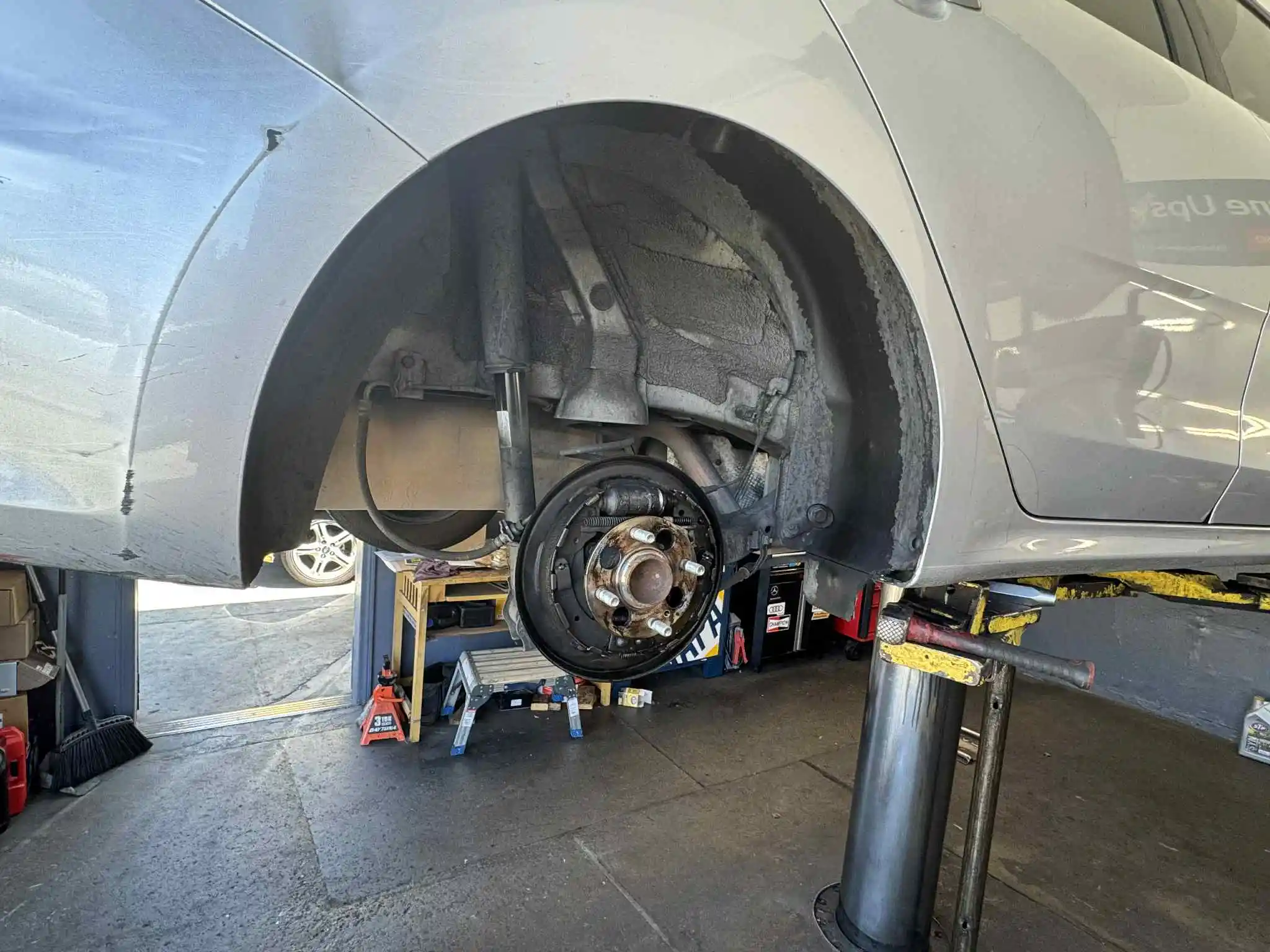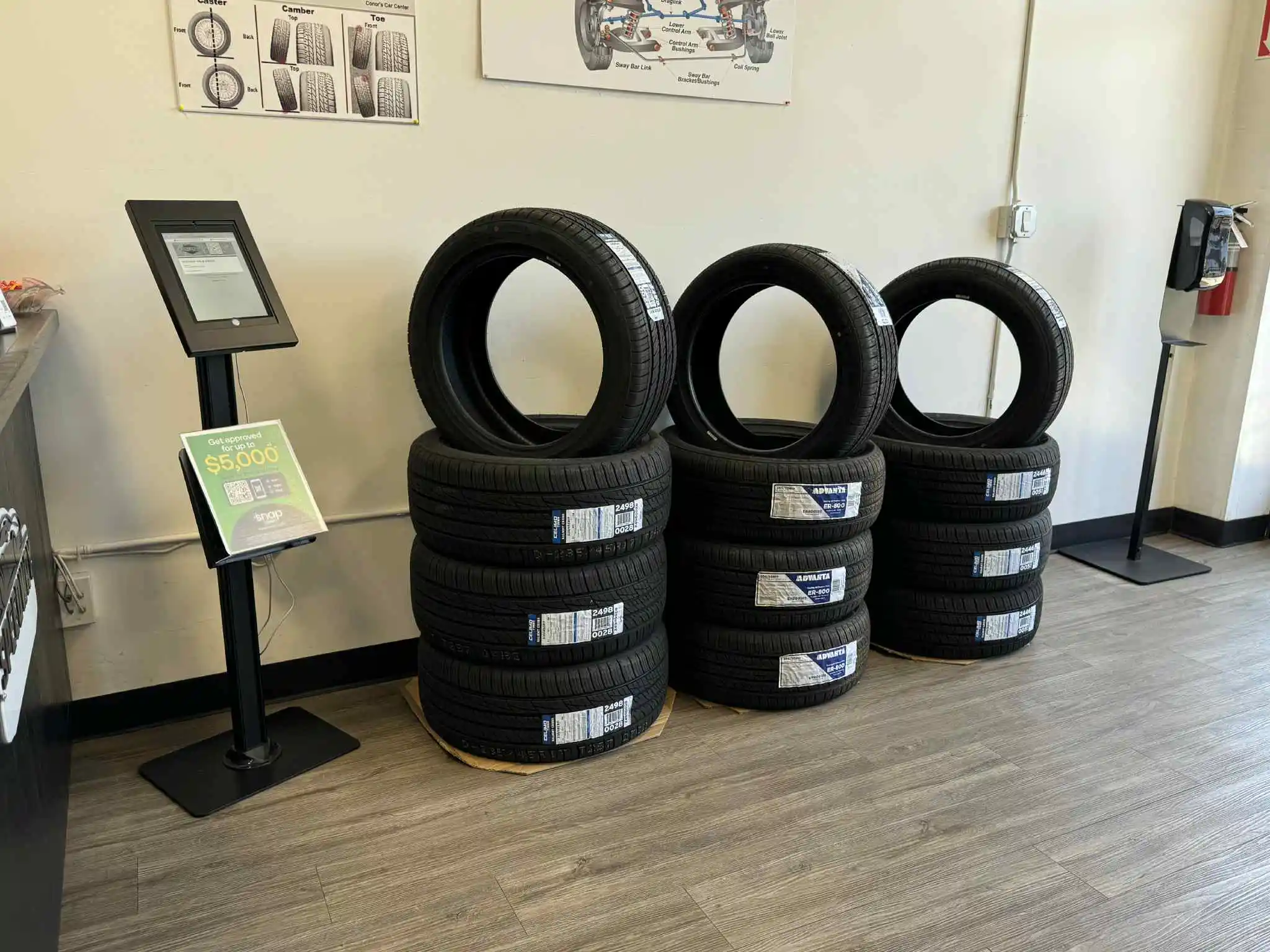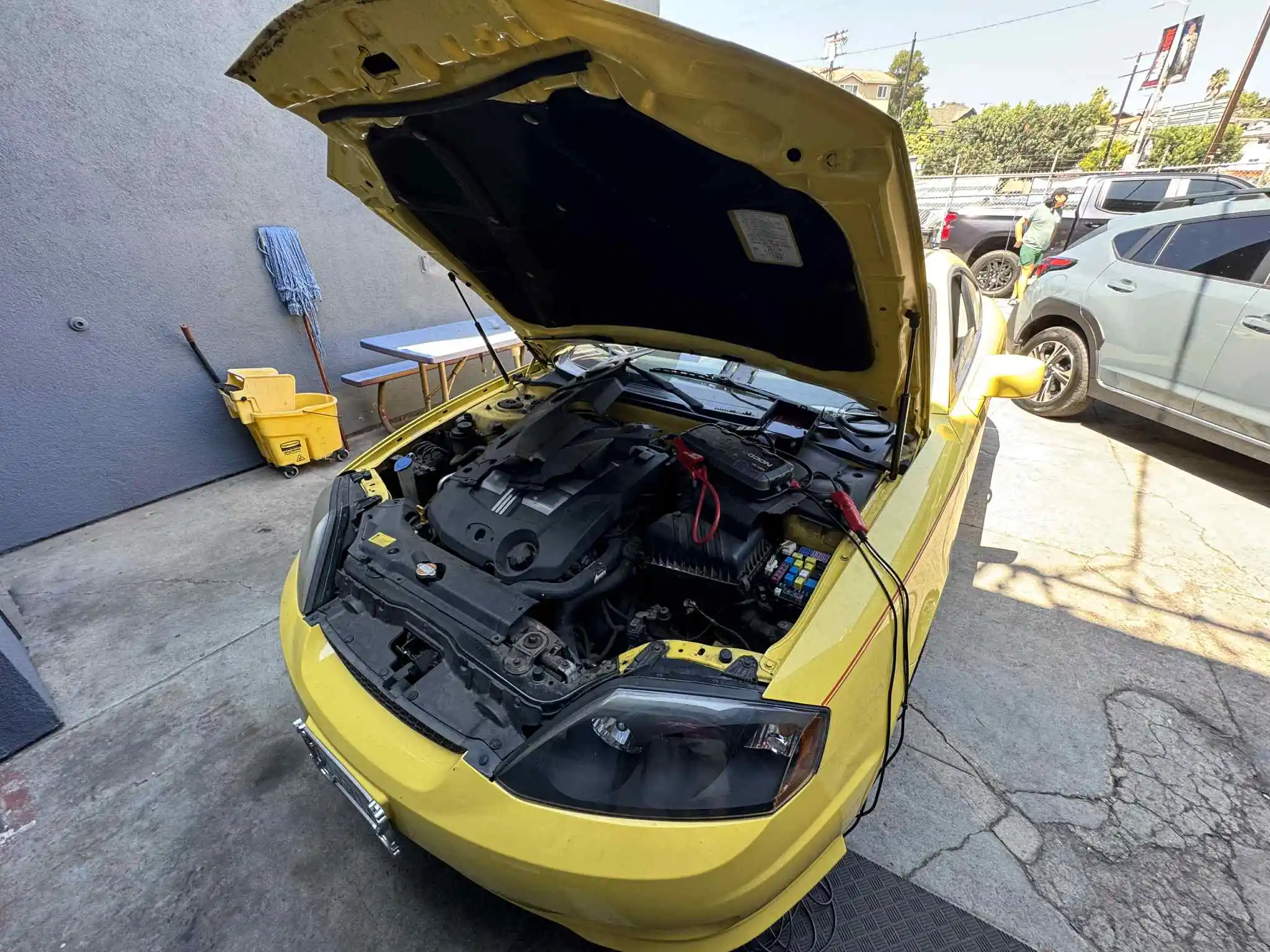Rainy Season in Echo Park: Hydroplaning Risks & the 4/32″ Tread Rule
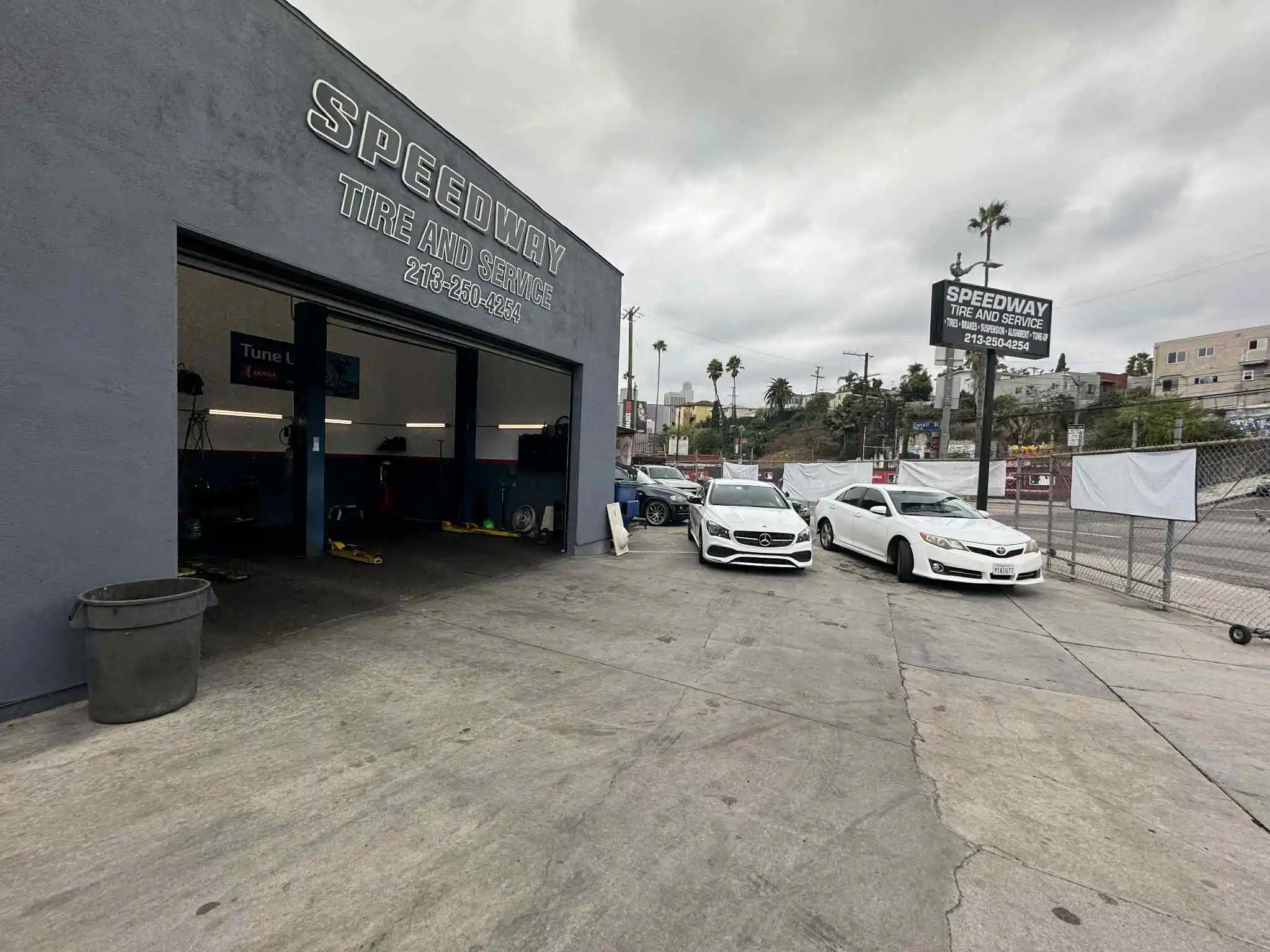
The first rain of the season in Echo Park is a welcome sight, washing the dust off the streets. But with it comes a serious danger that many Los Angeles drivers underestimate: hydroplaning. When a thin layer of water builds up between your tires and the road surface, your car can lose all traction and become an uncontrollable sled.
Understanding hydroplaning prevention isn't just about driving slower—it's about having the right equipment. Your tires are your single most important safety feature in wet conditions. Let's explore how to ensure they're ready for the slick roads around Echo Park and beyond.
What is Hydroplaning?
Hydroplaning occurs when your tires can't channel water away fast enough. Instead of cutting through the water to grip the asphalt, the tire rides on top of it. This can happen in just a fraction of an inch of water.
According to the Federal Highway Administration, a division of the U.S. Department of Transportation, more than 50% of weather-related crashes happen on wet pavement. A significant portion of these are caused by hydroplaning. The three factors that cause it are:
- Vehicle Speed: The faster you go, the less time your tires have to disperse water.
- Water Depth: Deeper water is harder to move.
- Tire Condition: This is the one you have the most control over. Worn tires are a primary cause of hydroplaning.
The 4/32" Tread Depth Rule: Your Best Defense
While 2/32" of an inch is the legal minimum tread depth in California, it is dangerously insufficient for wet weather. At 2/32", your tires' ability to resist hydroplaning is severely compromised.
That's why safety experts and tire professionals advocate for the 4/32" Rule.
A study by Tire Rack, a leading tire distributor, demonstrated that at highway speeds in wet conditions:
- Tires with 10/32" (new tires) had no issues.
- Tires with 4/32" lost significant traction.
- Tires with 2/32" lost almost all traction, hydroplaning at much lower speeds.
Actionable Tip: Don't wait until your tires are legally bald. If your tread depth is at or approaching 4/32", you should be planning to replace them, especially before the rainy season. You can check this with a tread depth gauge or by visiting us for a free inspection. Our tire services include a professional assessment of your tread life.
Advanced Tips for Maximum Wet Grip
Beyond tread depth, here are three key strategies for hydroplaning prevention.
1. Understand Tire Siping
Siping refers to the thousands of tiny slits and grooves cut into your tire's tread blocks. These are not just for show; they are engineered to bite into the road and, crucially, to help channel water away from the center of the tire. As a tire wears down, the sipes become shallower and less effective. When choosing new tires, look for designs with aggressive siping patterns, which are specifically made for superior wet-weather performance.
2. The Importance of a Rotation Before Rain
Tire wear is never perfectly even. Front tires often wear faster than rear tires. A timely rotation before rain ensures that the tires with the deepest, most effective tread are on the correct axle to maximize stability. A proper rotation balances the wear across all four tires, maintaining predictable handling and grip when you need it most. This is a core part of any good vehicle maintenance plan.
3. Setting the Right PSI for Wet Grip
Your tire's contact patch—the part that actually touches the road—is heavily influenced by air pressure.
- Under-inflated tires can flex too much, closing up the tread channels and reducing their ability to evacuate water.
- Over-inflated tires can have a smaller contact patch, reducing overall grip.
Maintaining the manufacturer's recommended tire pressure is critical. This ensures the tread makes optimal contact with the road, allowing the sipes and grooves to do their job. Your recommended PSI for wet grip is the same as your normal PSI, found on the sticker inside your driver's side door jamb. Check it monthly!
Don't Gamble in the Rain
Driving in Echo Park, with its hills and intersections, demands your full attention in the rain. Hydroplaning can happen in an instant, but preparing for it takes foresight. By adhering to the 4/32" rule and ensuring your tires are properly maintained, you give yourself the best possible chance of staying safe.
Are your tires ready for the rain? Contact us or stop by Speedway Tire & Service for a complimentary tread depth and tire pressure check. We'll make sure you're prepared before the first storm hits.
Looking for an honest Auto Repair Shop in Los Angeles? Call Speedway Tire and Service Today
Whether you’re driving through LA traffic or cruising the freeways, your car deserves expert care. Located in Los Angeles, Speedway Tire and Service offers reliable oil changes, brake repairs, tire services, and more—all backed by experienced technicians and honest pricing.
